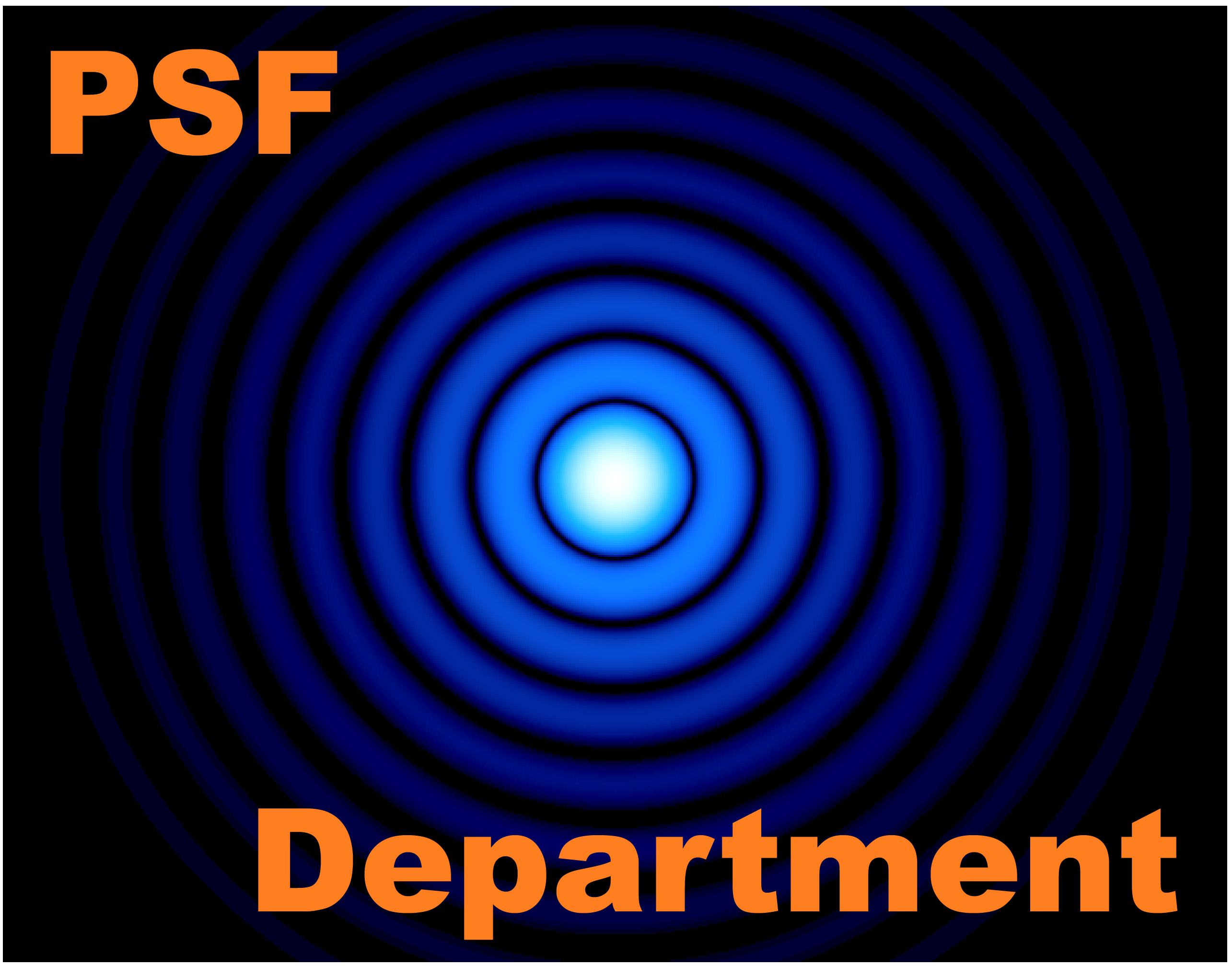Group projects
Our group researches in fields of astrochemistry stretching over evolutionary stages of the interstellar medium from cold, dark clouds to protoplanetary disks and comets. Below you find a listing of ongoing or previous research projects in our group over the years.
Chemistry In protoplanetary Disks ( CID ) - Dmitry Semenov & Thomas Henning
One of the most intriguing questions in astronomy is to understand conditions under which planets, their atmospheres, and primitive bodies, like comets, have formed. Protoplanetary disks (PPDs) of dust and gas are believed to be birthplaces of planetary systems, and to resemble young Solar nebula. Observations of these objects in molecular lines and dust emission, along with detailed analysis of meteoritic and cometary samples, and modeling of their physics and chemistry, are needed to unravel the initial conditions and chemical complexity at the verge of planet formation. Current observational facilities lack spatial resolution and sensitivity to perform such studies, but situation will change dramatically when the Atacama Large Millimeter Array will become fully operational in 2013. Modern models of protoplanetary disks and the Solar nebula will have to be critically re-evaluated and adjusted in order to deal with a large flow of the high-quality spectral data.

Four of the ALMA antennas gaze upon the night sky with the Milky Way to the left. Image: ESO/José Francisco Salgado
Therefore, my research interests aimed at studying in detail physical and chemical evolution of protoplanetary disks and the Solar nebula, both theoretically and observationally. The main directions of research are: (1) interferometric observations of protoplanetary disks with modern radio-interferometers coupled to coherent modeling of time-dependent evolution of disk physics, chemistry, and radiative transfer in lines of key molecular tracers, (2) understanding the role of isotopic fractionation and its relevance to thermal/irradiation history and transport processes (with links to meteoritic science), (3) the genesis of complex molecules prior and during formation of planets (with links to cometary science), and (4) a large-scale evolutionary modeling of chemistry and physics, starting from collapse of a molecular cloud core till formation of a young star+disk system.
Isotopic fraction in the interstellar medium and Solar nebula - Tobias Albertsson

Chemical evolution with the evolution of the interstellar medium. Credit: Heinzeller et al. (2011)
Probing the properties of the interstellar medium is essential in understanding the formation of stars and planets. In these stellar nurseries, stars and planets are formed through ongoing accretion of gas and dust until stars are formed, heating their surroundings and housing the birthplace of planets and other astronomical bodies. These nurseries are also the scene of an intense chemistry with sets the conditions for the continued evolution in the subsequent evolutionary stages. They are also characterized by a rich isotopic chemistry which is boosted by lack of destructive reactions in these cold environments, and the chemical abundances evolve from simple molecular hydrogen abundant in cold, dark clouds, to prebiotic amino-acids present on planets. The rich chemistry present in the evolution of the interstellar medium, supplies us with numerous ways of probing the interstellar medium and its properties. Herschel observatory is currently gathering measurements (e.g. Vastel et al. 2010; Comito et al. 2010; Bacmann et al. 2010), and with the upcoming ALMA, SKA and JWST facilities, the interest will only grow. In the advent of the high-sensitivity, high-resolution measurements these will contribute, there is a call for better theoretical models in order to understand the results.

The first antennas of the Atacama Large Millimeter Array at Chajnantor Plain in Chile. Credit: Tania Burchell, NRAO/AUI/NSF
Isotopes have since long proven essential as probes of the interstellar medium by studying the relative abundances between species and their isotopes. For deuterium, the first isotope of hydrogen, cold, dark clouds are reckoned to be the scene of extreme molecular deuteration. Despite the cosmic D/H ratio determined to be ~10-5, many molecules show observed ratios well above this value, and some show ratios of unity or higher. The key player in this is H3+ and its deuterated isotopologues, which unlocks deuterium from its main reservoir HD, and distributes it in colder environments efficiently to other molecules.
My research is therefore aimed at investigating the chemical evolution of molecules containing isotopes of H, C and O in the context of planet and star formation, and for future highly accurate observations by the ALMA, SKA and JWST. In this study i study the isotope chemistry evolution over evolutionary stages from dark clouds and prestellar cores to protoplanetary disks and comets, and for this I utilize the advanced chemical models developed at the MPIA, namely "ALCHEMIC" (dark clouds, prestellar cores) and "ANDES" (protoplanetary disks). For the study I have developed an extensive chemistry network of reactions which in the final stage will include full sets of isotope chemistry involving H, C and O, and are based on the osu2009 network, which we have modified with updated laboratory measurements from the KIDA database and litterature.
Low-mass star formation - Ralf Launhardt
The project "Earliest phases of Star formation (EPoS) - isolated low-mass cores" aims at deriving the physical structure (density and temperature distribution) of low-mass star-forming cores as well as constraints on the dust properties from the thermal dust emission observed with Herschel and with groundbased sub-mm telescopes as well as NIR extinction maps. These data are then combined with observations of various molecular lines in order to derive constraints on the gas phase abundances, relation between dust and gas properties, chemical evolution, as well as the local interstellar radiation field.
High-mass star formation - Henrik Beuther
High-mass star-forming regions are among the richest molecular environments in space, in particular during their so-called "Hot Molecular Core" phase. During the birth of high-mass stars the central objects heat up their surrounding dense gas cores and a very active gas-phase and grain-surface chemistry gets into action. Millimeter and submillimeter spectra during that evolutionary phase show extraordinarily rich spectral line signatures of a large variety of molecules (see example spectrum).
In the high-mass star formation group at the MPIA we are addressing this chemical complexity by a two-fold approach. On the one hand, we want to understand the chemical evolution during the formation of high-mass stars: These regions start of as early cold infrared dark gas clumps with a simple chemistry likely resembling that of the general ISM. They then start the ignition very early when they are still embedded in their natal gas clump. The central objects heat up the clumps as massive young stellar objects (also called high-mass protostellar objects) and the chemical composition becomes more complex until they form the hot molecular cores with the richest chemistry. Furtheron during their evolution, the central stars ionize the surrounding gas clumps from the inside-out (forming ultracompact HII regions) and the chemical complexity decreases again. To characterize this evolution, it is mandatory to study statistically significant source samples within each evolutionary stage, determine their corresponding chemical abundances, and then model these with our in-house chemical networks. Close collaboration between observers and theorists is guaranteed.
Another as important aspect of the chemistry during high-mass star formation is the complexity within each region. High-mass stars solely form within clusters, and these many stars do not just excite their immediate surrounding differently depending on the mass of each star, but the protostars also drive outflows that shock the gas in the environment and excite a different shock chemistry. Furthermore, disk should form that again evolve differently to the envelope gas. To differentiate these chemical sub-structures within individual regions interferometric high-spatial resolution studies are required. This is the second path we are following within the group.
In summary, combining large-scale and small-scale spectroscopic studies of high-mass star-forming regions allows us to understand the chemical complexity during the formation of high-mass stars. Furthermore, these regions are ideal laboratories to search for complex molecules and precursors to life.





